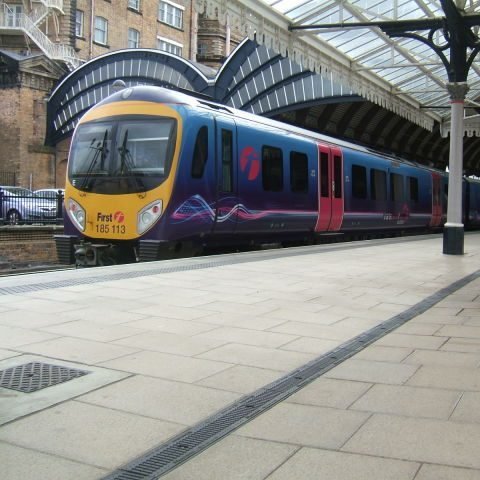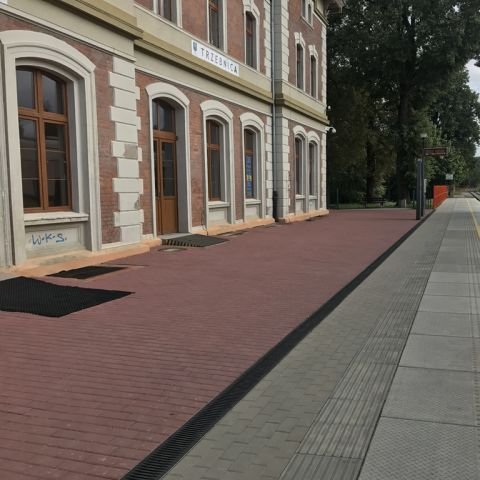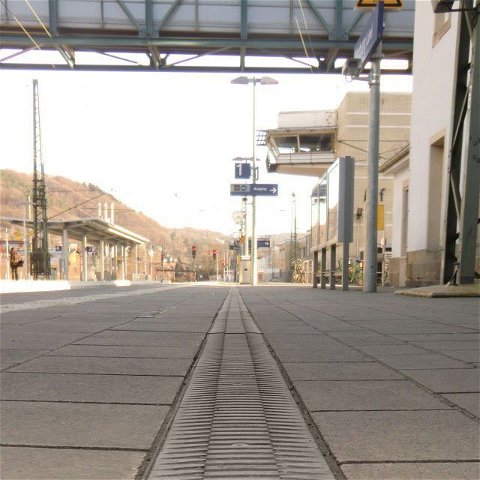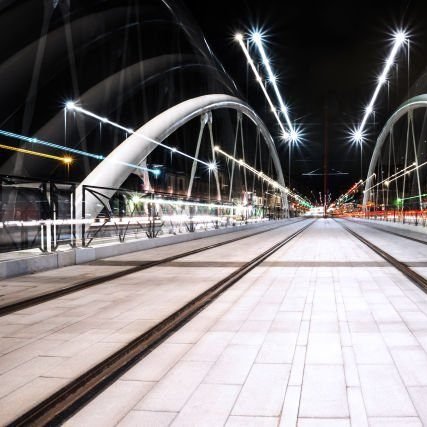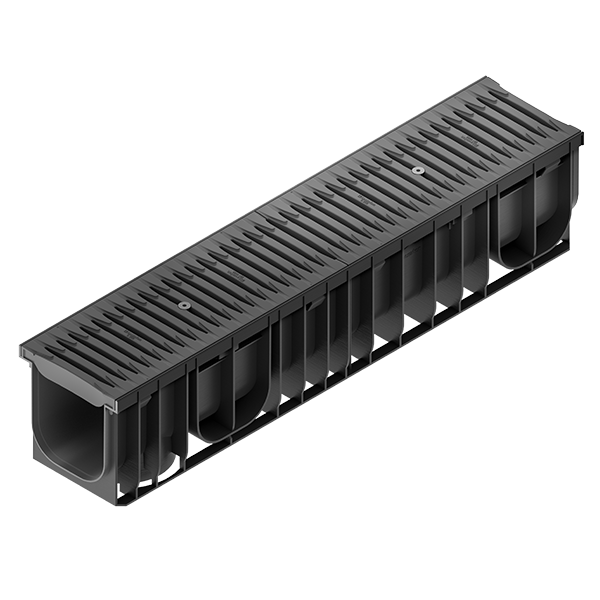
Our RECYFIX drainage channels are made of high-quality recycled composite. This material is perfectly suited for installation near electrified railway facilities because it is non-conductive. That’s why our RECYFIX PRO channels, available in nominal widths of 100 and 150, are also included in the German railway construction standards (as of October 2020). Local standards may differ.
Additional benefits of RECYFIX PRO include:
-
Sturdy and unbreakable
-
Corrosion-free and highly resistant
-
Easy to install
